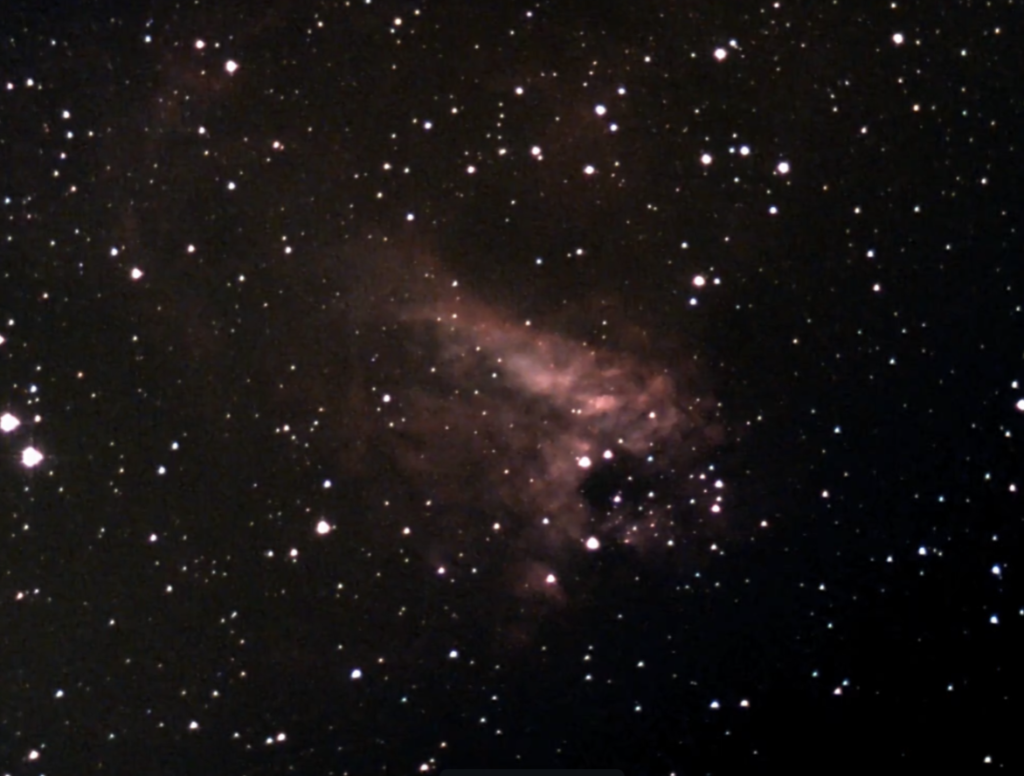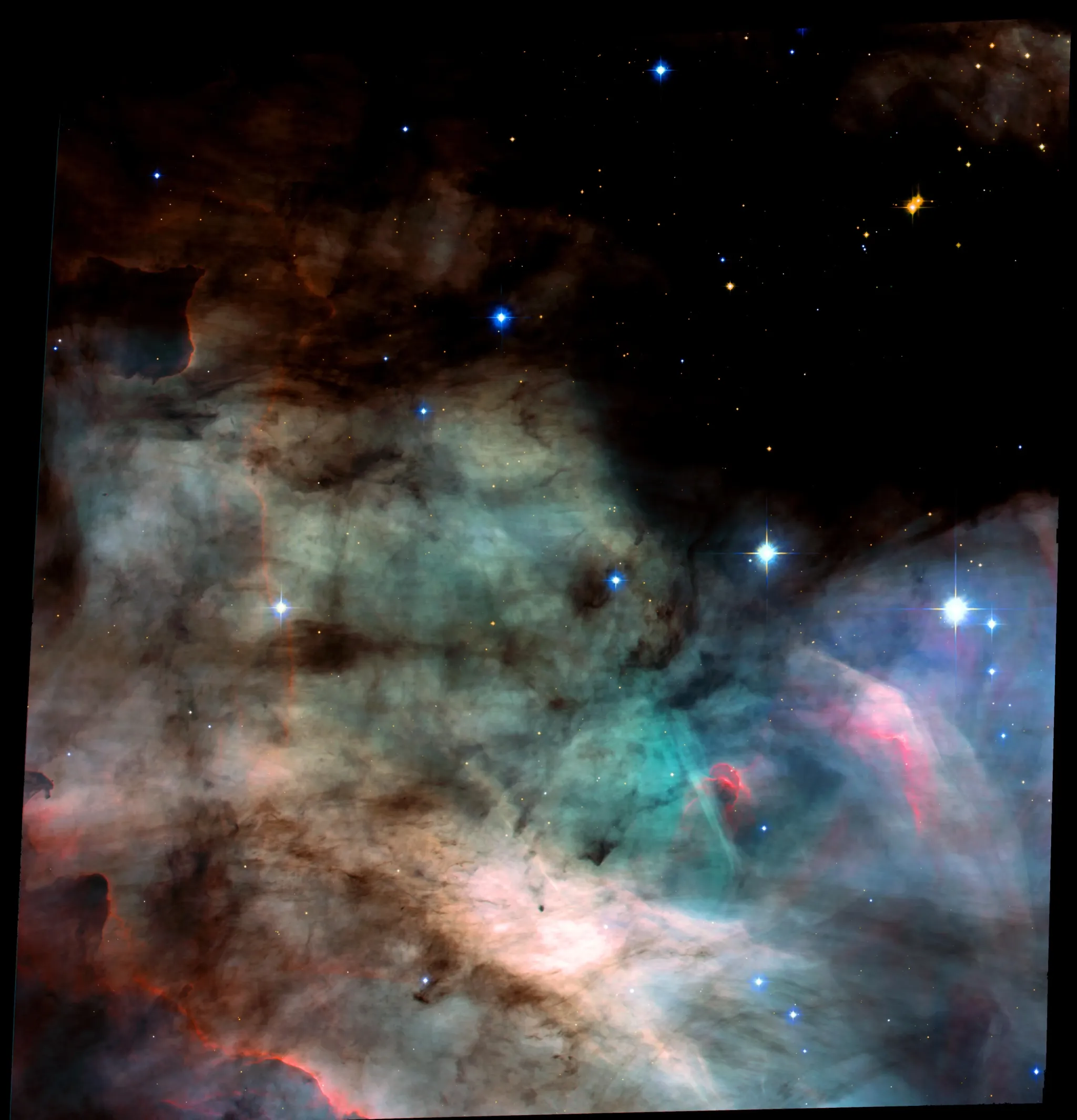M17 | NGC 6618 | Omega Nebula | Sagittarius | 5,500 Light Years Away
Our Best Image

Messier 17, commonly known as the Omega Nebula or the Swan Nebula, is a dazzling emission nebula situated in the constellation Sagittarius. Discovered by Philippe Loys de Chéseaux in 1745-46 and later cataloged by Charles Messier in 1764, this celestial beauty is located approximately 5,500 light-years away from Earth. The Omega Nebula is a vast region of ionized gas and dust, spanning about 15 light-years in diameter, and is home to a cluster of hot, young stars at its core.
One of the most distinctive features of Messier 17 is the presence of intricate structures and filaments of gas, which give it the appearance of a swan’s outstretched wings. These features are illuminated by the intense ultraviolet radiation emitted by the young, massive stars within the nebula. The cluster of stars embedded in the Omega Nebula, known as NGC 6618, contributes to the nebula’s overall brightness and adds to its visual allure.
Observations of Messier 17 have been conducted across various wavelengths, revealing details about the nebula’s composition and the processes involved in its formation. The study of the Omega Nebula provides astronomers with valuable insights into the life cycle of massive stars, the dynamics of interstellar gas and dust, and the mechanisms behind the creation of such visually stunning cosmic landscapes. Messier 17 stands as a testament to the beauty and complexity inherent in the ongoing processes of star birth and evolution within our galaxy.

